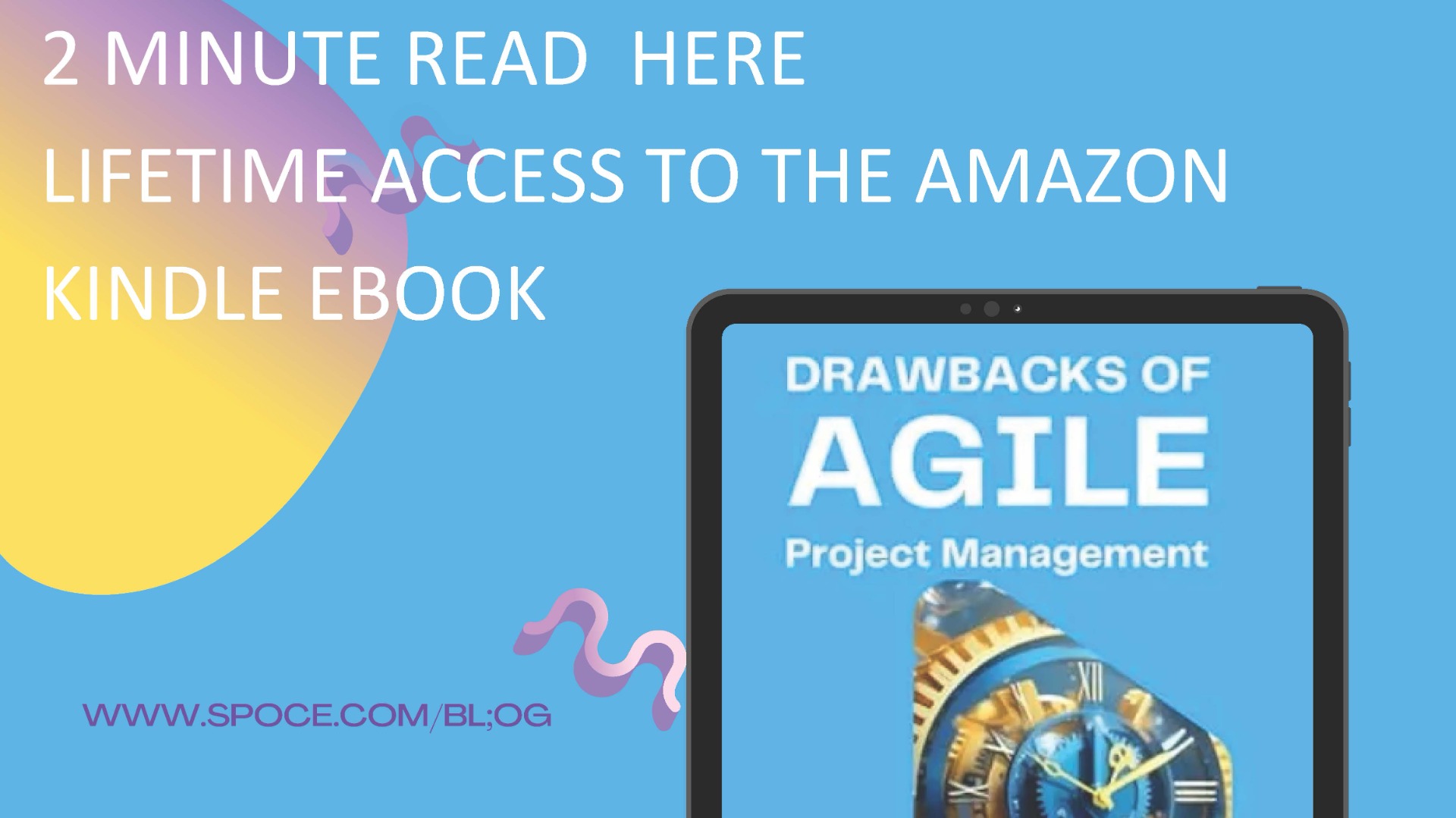
BE THE FIRST TO KNOW
Subscribe to the SPOCE newsletter to receive timely updates about new courses, venues and discounts!

This is wonderful news! We have a delivery method that suits our times. Yes we do, but along with every solution there are potential pitfalls that, once aware of and mitigated, lead to greater project success.
When running projects we all understand that a strength can also be considered a weakness. This is also true for Agile projects. Its is the nature of its flexibility that can also present the biggest challenges. The key isn’t choosing Agile or Waterfall—it’s understanding and implementing both, and using each where it is best suited. Let’s assess the challenges of Agile—and how project smart professionals overcome them with training, hybrid strategies, and good governance.
It is it’s adaptability that makes Agile so great. But we also need to be aware that this makes pinning down the timelines and sticking to budgets harder. If you’re a stakeholder wanting more certainty on delivery dates and output, then this is not without its problems.
Top tip: When we run projects in and Agile way, we work in sprints. This also means that good communication to manage stakeholder expectations is key. Agile training teaches how to estimate work in sprints, manage stakeholder expectations. Minimise the ambiguity!
Agile encourages constantly changing requirements and feedback from its customers. Without the right level of control, this leads to scope creep, spiralling costs, and missed deadlines due to constantly serving the changing needs of customers.
Top tip: Get a handle on backlog grooming, sprint planning, and setting guardrails for change. It’s flexibility yes! But with discipline.
Agile teams self-organise. Sounds great! Its motivating, empowering and makes maximum use of the resource. What this also needs is structure or there can be misaligned workloads, bottlenecks, and underutilised talent.
Top tip: When studying an Agile course there will be coverage of ‘capacity planning, role clarity, and smarter collaboration’ Agile PMs need to balance autonomy and accountability together.
“Working software over comprehensive documentation” sounds like a more fun experience for the Agile project team member. What happens in an absence emergency? When we take on new staff or there is an issue after launch?
Top tip: Train the team! The Agile team member needs to know how to strike the right balance between moving quickly and flexibly and documenting changes and requirements. Using visual tools like kanban’s, visual boards, and agile knowledge bases should not be overlooked.
Agile depends on regular customer input. This is great if they are present, clued up and understand the objectives. With this constant feedback loop comes a reliance on others. Projects can stall, requirements go unfinished, and progress goes haywire.
Top tip: Agile certifications teach stakeholder engagement techniques and feedback loops that reduce dependency and keep momentum strong.
For an Agile project to be fully effective, it requires full team commitment and accountability. But projects are also run by people, in the thick of real life, juggling heavy workloads and personal lives. Burnout is a real possibility if the right balance isn’t struck.
Top tip: Agile project team leaders must learn how to protect team capacity, prioritise work-in-progress, and create sustainable work rhythms to maintain a healthy team work environment.
Agile isn’t just a process. It’s a mindset. Not everyone has the same mindset! What about when Agile ways of working clash with organisational hierarchies? Often the PM can find themselves with someone senior to them as part of the team. What about fixed governance, and legacy ways of working? Sometimes people do not want to change.
Top tip: Blending Agile with established frameworks (like PRINCE2® or traditional project governance) smooths the transition and ensures compliance with broader organisational needs.
Agile is super effective and in the right circumstances, unstoppable—but it’s not the answer to every single project. For some projects a fixed scope is essential. What if we were building a new hospital wing? In this type of project, there is little room for mid project changes and high demand for granular pre planned project deliverables like operating theatres, patient wings, triage. Funding requirements also often require extremely detailed pre-project planning. Some organisations require fixed-scope, high-compliance initiatives (regulated industries, for example). In these industries Waterfall still rules. The best project professionals? They know how to blend the two together as and when required. By upskilling yourself in both Agile and traditional methodologies—like PRINCE2® or APM—you become a master in project management, picking the right tool for the required circumstance and mitigating the drawbacks of ‘Agile only’ projects where something more linear and governance based is required.
Agile is more than daily stand-ups and Kanban boards. It’s a way of working, a skillset, and an approach. If you take the time to understand both Agile and waterfall. You’ll not only avoid the pitfalls—you’ll increase your value and output as a PM.
Looking to make your project skills official? Explore our accredited AgilePM®, APM, PRINCE2®, and PRINCE2 Agile® (hybrid) project management courses.
Learn how to deliver value fast but with happy and engaged stakeholders and governance teams.
Unlock the power of Agile Project Management and mitigate the risks
Unlock the full picture of Agile: Drawbacks of Agile Project Management: Agile Drawbacks and Strategies on How Best to Mitigate Them. Download it free now on Kindle—available for free until 5 pm 7th August—and gain the insight you need to harness Agile with confidence and control.
Comments